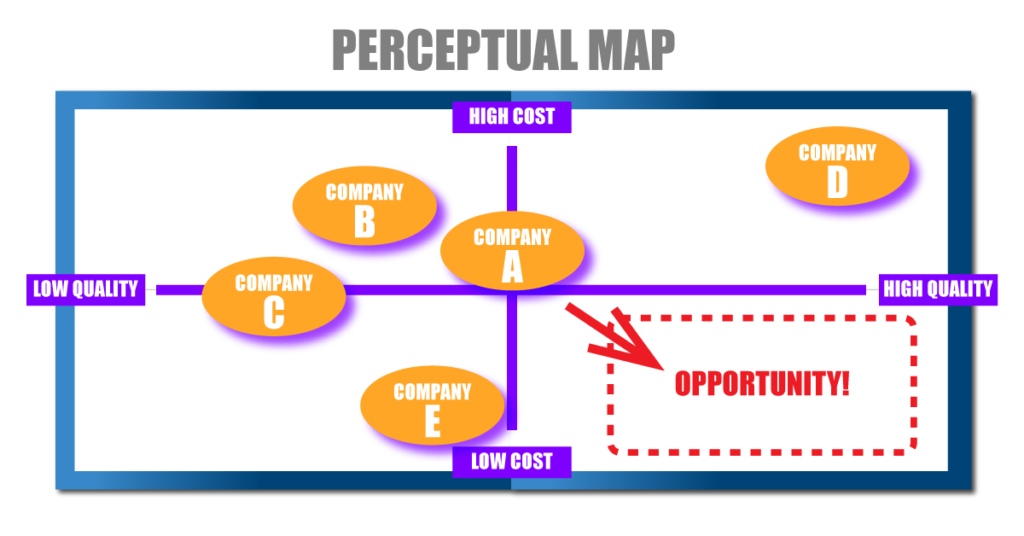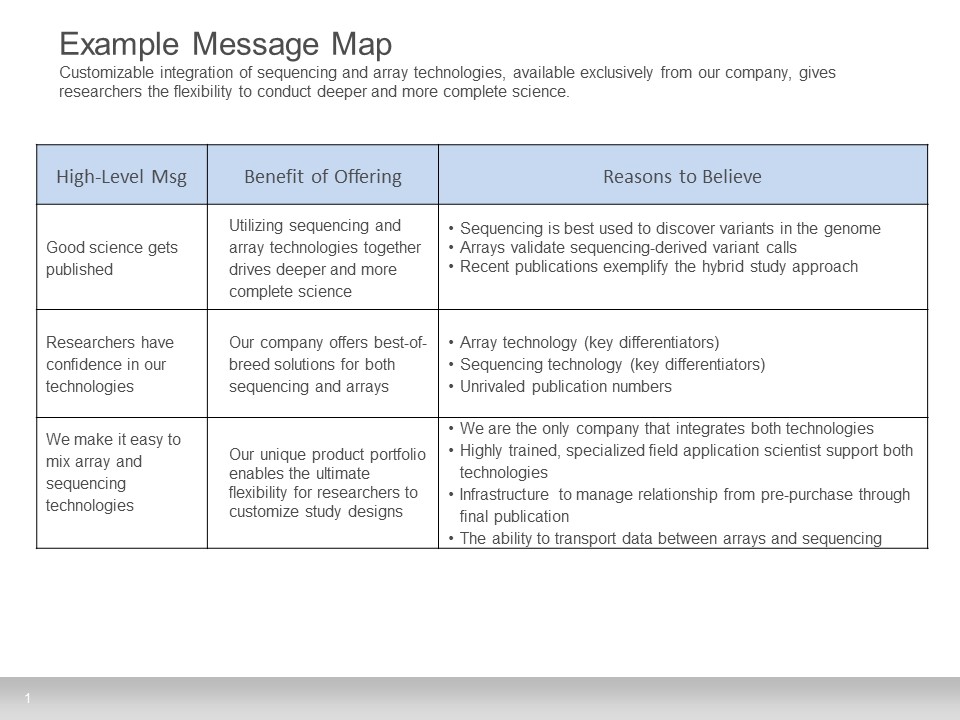Market Segmentation
Marketing strategy exercises will reveal courses of action to pursue based on careful analysis of company and environmental factors. The specifics of target customers also need to be considered because consumer behavior and reactions to messages can differ greatly across different consumer groups. For example, Generation Y consumers may be more willing to take risks than older Baby Boomers.

To gain an understanding of your target markets and what you can expect from each, it’s helpful to separate your markets into groups that will behave differently, or value your offerings differently, than other groups. This is called Market Segmentation. Some of the common variables used to split up or segment markets include:
Behavioral segmentation
- Benefits sought from the product
- How often the product is used
- Usage situation (daily, seasonal)
- Buyer status (non-users, potential users, first-timers, regular users)
Demographic segmentation
- Age/generation
- Income
- Gender, ethnicity, family life cycle, family size
- Occupation, education, nationality
- Religion, social class
Geographic segmentation
- Region
- City size, population, climate
Psychographic segmentation
- Beliefs
- Values
- Reasons for being
If you have trouble identifying segments, follow the ways other companies segment markets. Google Adsense and Adwords, for example, can reveal the ways markets are commonly segmented for online advertising.
Once segments are identified, find some information about each to give you some insight about that segment’s behavior.
- Online discussion forum for a segment can provide insight into the attitudes and top current issues important to a market segment
- If you have current customers, you can use surveys to gather information
Don’t forget to segment the customers you already have. You have some insight about them already. Think about your experience with them. How are they similar and different across the common segmenting variables? Studying their buying patterns will help you decide which segments are the best to purse going forward. It can also identify segments that aren’t worth the effort.
Selecting Target Markets
After segmenting your markets and gathering some consumer insight about them, you are ready to make some choices. You may end up with many market segments that you could pursue, but some will be better and more viable options than others. Some might just be a waste of time and resources. Evaluate each market segment by asking:
- Is it sizable enough to be profitable?
- Is it growing?
- Is it saturated with competition? If so, is there a way to stand out?
- Is it accessible?
- Do you have the resources to compete for this segments business?
- Does it fit with you Mission Statement?
You may choose to target a very select group of customers. This is called a concentrated marketing strategy and is risky because all your eggs are put into one basket. Niche marketing is an even narrower marketing strategy. Many marketing visionaries recommend a niche strategy because modern marketing data and technology enables targeting and engagement of very specific market segments.
Targeted Marketing
Once you’ve decided on the segment(s) to pursue, apply the perspective gained through the segmenting analysis to your product offerings. You can now think about adjusting your marketing to the segments you want to pursue. Do you need to promote your products and services differently? Would different marketing channels work better to reach the segment? Are your prices too high? Maybe your core products and services need to be changed to better align with the market?
Now comes the competitive ingredient and Positioning
Positioning
Positioning involves planning how you want consumers to perceive your product relative to the competition. You need think this through carefully and differentiate your offerings around the value you can actually deliver to the customer. The value that’s different and better than your competitors- your Unique Selling Proposition (USP).
The positioning of your top competitors may be very obvious in their marketing. Take a look at what segments they appear to be targeting. What main messages are used in their advertising and promotions? How do you think they are being perceived in the market?
A helpful tool for visualizing the relative positioning of competitors in a market is a perceptual map. A perceptual map shows where you and your competitors stand relative to the criterial that is important to customers.
For example, if price and quality are the most important factors to a target market, a perceptual map showing where each competitor positions it’s offering may reveal an opportunity to differentiate an offering in the market.

Be careful and realistic, though. You need to be able to stand behind your positioning with actions and real results. Only choose a positioning that you can stand up to.
Messaging
Taglines and message points can be used for positioning and repositioning products and services. A useful tool for organizing messaging points and keeping positioning consistent across different communications channels is a message map. A well-written message map keeps positioning consistent across marketing promotions that may span all different types of media.

Applying Consistent Messaging Across Marketing Tactics
After you’ve planned out what you want to say, you then apply it to all the places where you want to say it. Adjust your messaging to address each step in the sales funnel, while still remaining true to the core messaging direction for your market offering.
If your business needs help developing and implementing a marketing strategy, we can help.
In case you missed the first two parts of this 4-Part Series on Marketing Strategy,
